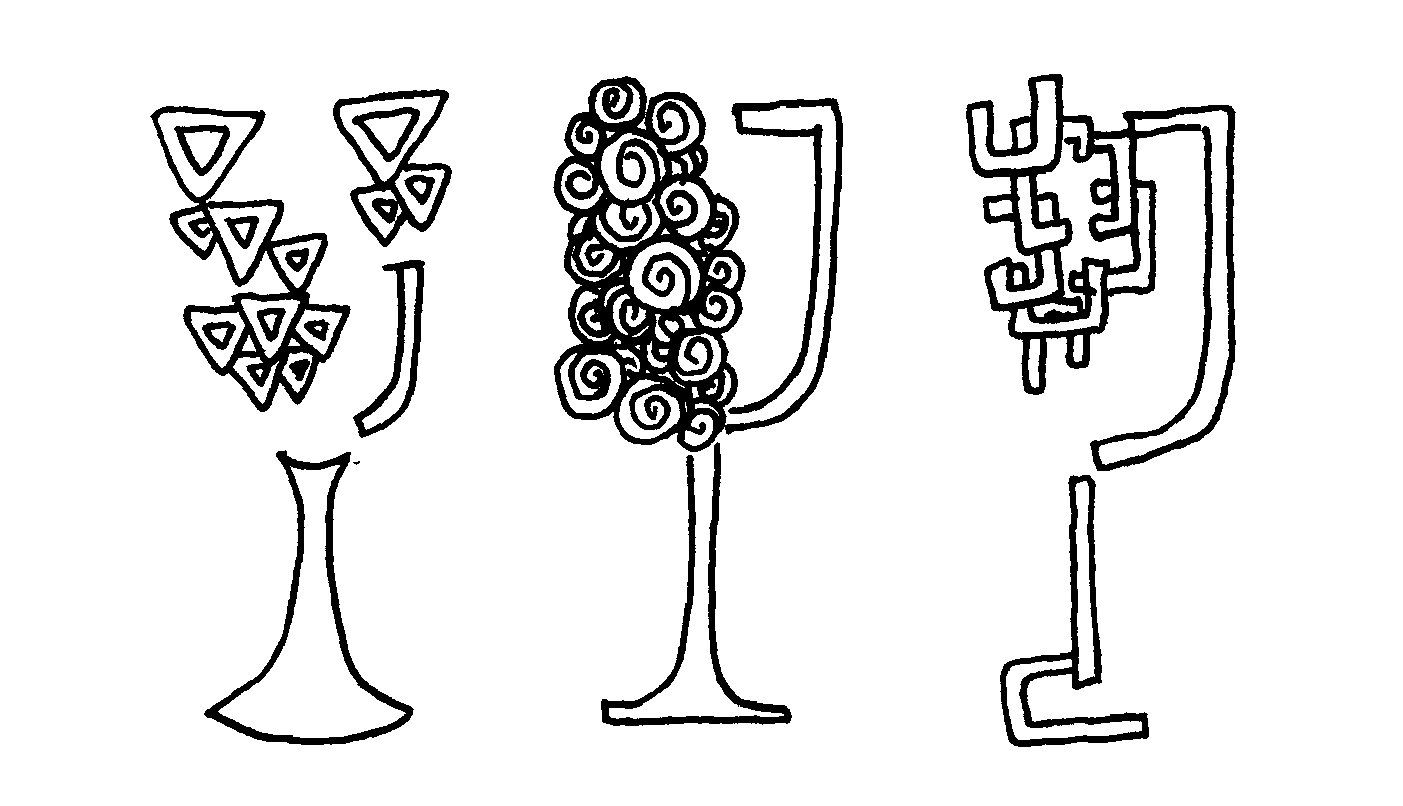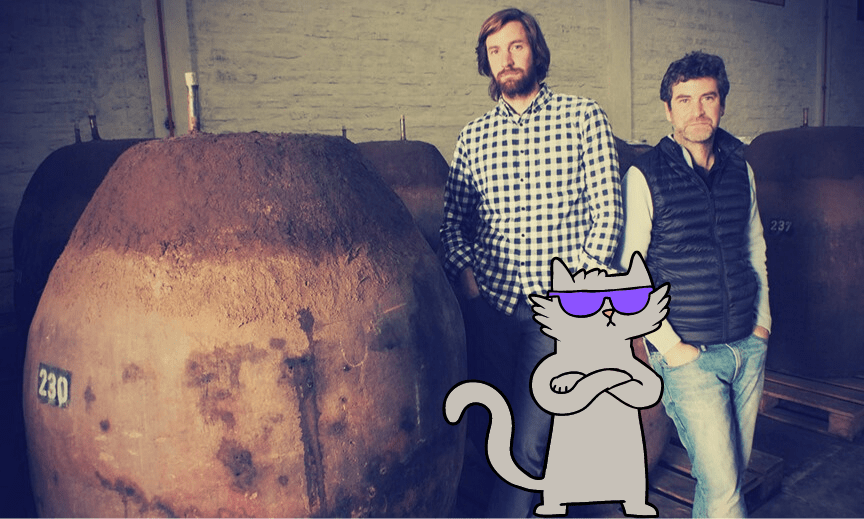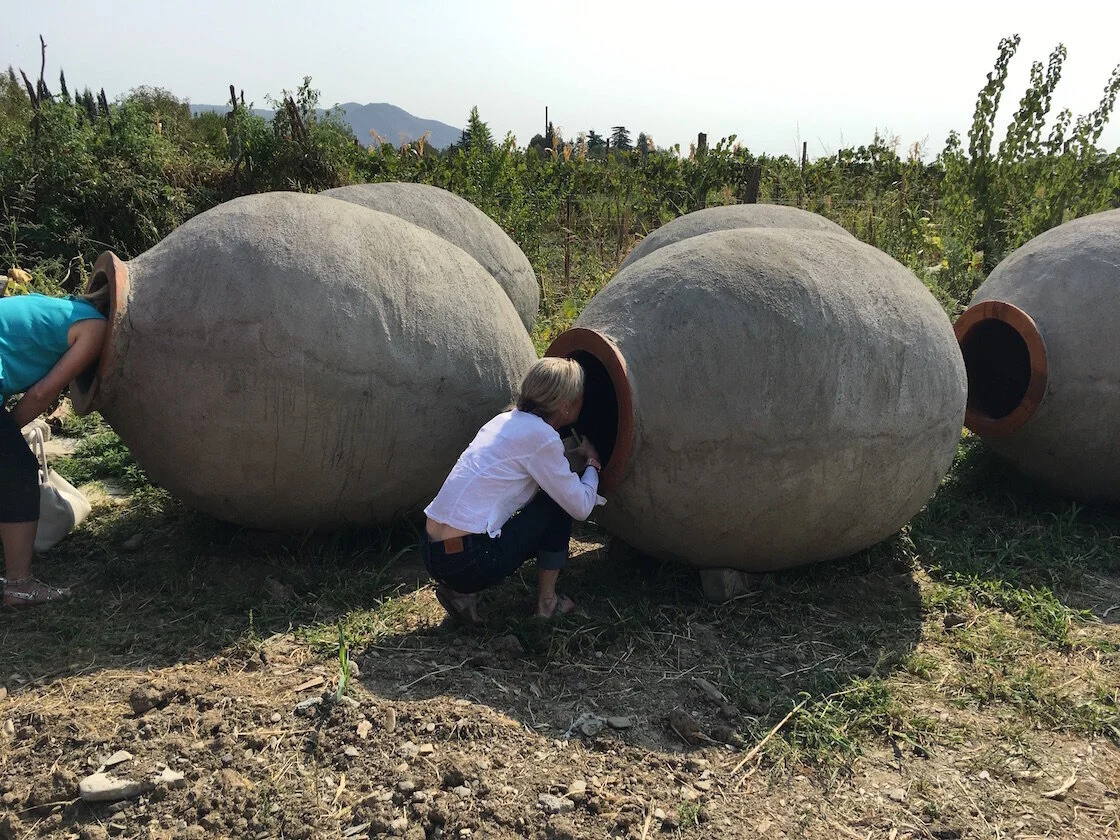Everything You Need to Know About Qvevri
Qvevri winemaking, or really just any winemaking in clay pots, is super “in” right now. Ironically, it’s also the oldest method of making wine, so really, it isn’t anything new at all.
What is a qvevri?
A qvevri is a clay winemaking vessel. The name varies depending on their country of origin. Qvevri is what they are called in eastern Georgia. You might have also heard them go by the name of tinaja (Spain), churi (western Georgia), anfore (Italy), talha (Portugal), or amphora (the Romans…wherever they were ;)).
Each type is shaped slightly differently. The shape influences things like how the wine circulates in the pot, how much contact the seeds (which sink to the bottom) have with the fermenting wine, and other scientific variables.
When did this practice originate?
The oldest records of winemaking we have are from modern-day Georgia, 8,000 years ago, and this is what they used. Georgians have been making wine in this fashion ever since. It’s literally the oldest, unbroken winemaking tradition. Traditionally, the qvevri are buried underground. (See the photo on the right.)
Does it affect the taste of the wine?
This is a debatable topic. Variables such as the shape (as mentioned above), the type of clay used, the source of the clay, the temperature at which it was fired in the kiln, whether it’s lined (often with beeswax), and whether or not it was properly cleaned will all have their affects.
Technically, the clay itself does not impart any flavor. It is a neutral vessel which is appealing because, in theory, it lets in more oxygen than stainless steel but less than oak.
There is a general consensus, however, that the clay does affect the texture of the wine and impart a sort of distinct minerality. Is this because the wine is absorbing the clay? Not particularly. It’s a lot more complicated than that (think chemical reactions and lots of science) and people are still studying the specifics of these wine-clay interactions.
Should you try one?
Duh! We are partial to any made by Andrew Beckham here in Oregon. (He is a high school ceramics teacher turned winemaker who makes his own version of clay vessels he calls novum which he now manufactures and sells commercially. We’ll tell you more about this awesome story in a future blog post.)
For some classic examples, we recommend looking for ones made by Elisabetta Foradori in northern Italy, Joško Gravner in northeastern Italy, or any from the region of Kakheti in The Republic of Georgia.
But really, they are popping up everywhere. Ask your local wine shop if they carry any or are able to order any in. Keep an open mind and try whatever they recommend!









Did you know…There are high chances that the oldest wine known to man could have been an orange wine?